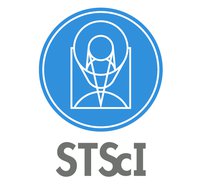
Identifying terrestrial planets in the habitable zones (HZs) of other stars is one of the primary goals of ongoing exoplanet surveys and proposed space-based flagship missions. In this talk, I will discuss about our recent results on new estimates of HZs around Main-sequence stars. According to our new model, the inner and outer HZ limits for our Solar System are at 0.99 AU and 1.67 AU, respectively, suggesting that the present Earth lies near the inner edge. Our model does not include the radiative effects of clouds; thus, the actual HZ boundaries may be broader than our estimates. Applying the new HZ limits to cool, low mass stars (M-dwarfs) in NASA’s “Kepler” data, we find that potentially habitable planets around M-dwarfs are more common than previously reported. The mean distance to the nearest habitable planet may be as close as 7 light years from us.
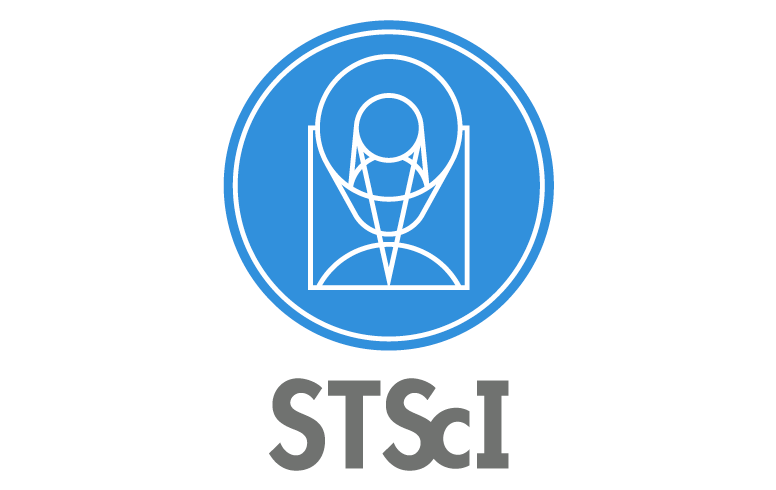 Contemporary Water and Habitability of Mars
Contemporary Water and Habitability of Mars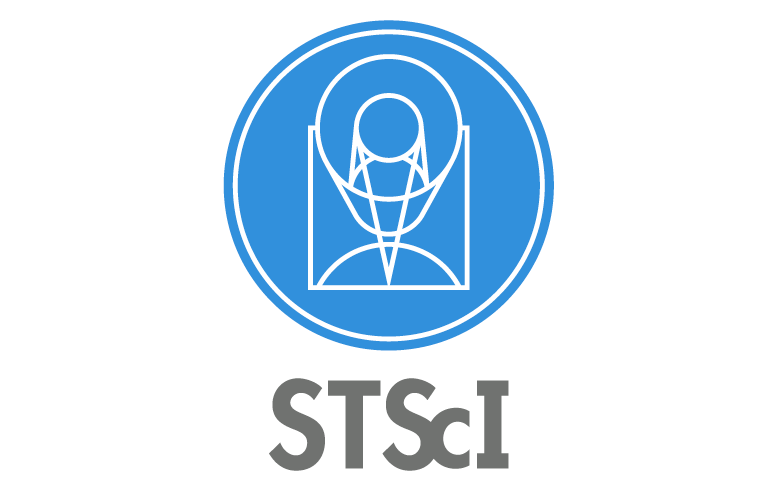 Astrobiology and the Antropocene Epoch
Astrobiology and the Antropocene Epoch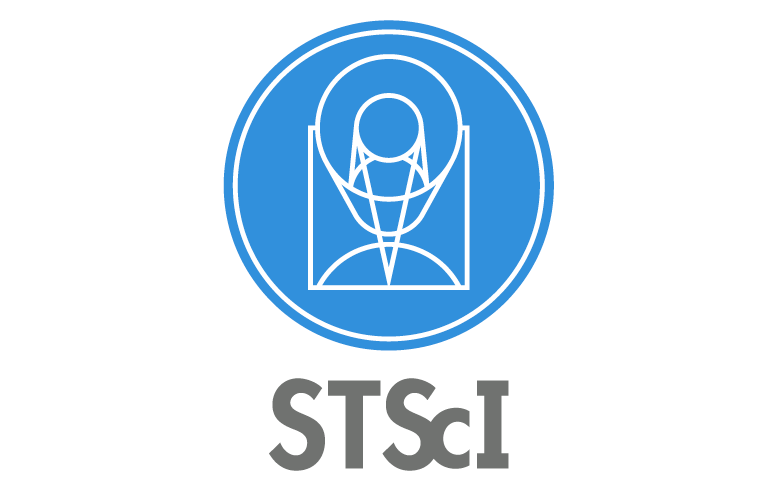 Planets, Life, and the Universe Lecture Series (2009 - Present)
Planets, Life, and the Universe Lecture Series (2009 - Present)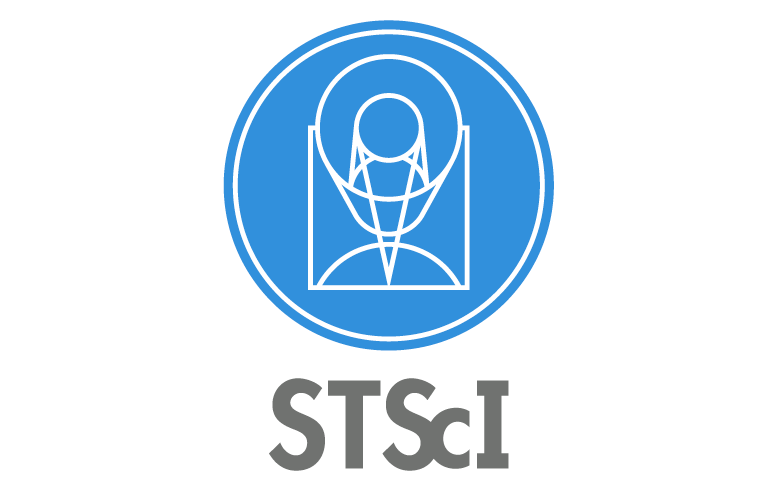 Blood Falls: Portal Into an Antarctic Subglacial Microbial World
Blood Falls: Portal Into an Antarctic Subglacial Microbial World